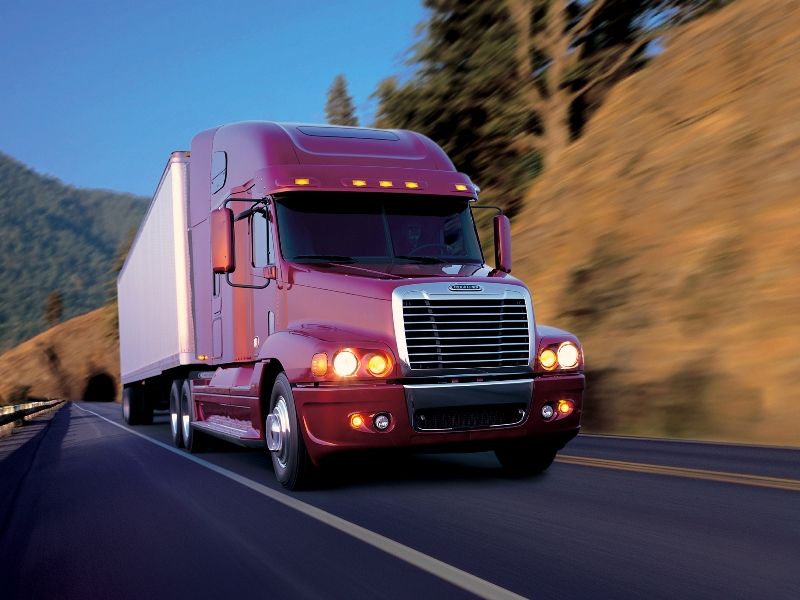The U.S. Environmental Protection Agency and the U.S. Department of Transportation’s National Highway Traffic Safety Administration recently finalized new standards for commercial medium- and heavy-duty vehicles designed to improve fuel efficiency while cutting carbon emissions. These standards, part of Obama’s Climate Action Plan, are phase two in a push to cut down on carbon emissions from large, commercial-use vehicles.
This will impact vehicles like school buses, dump trucks, city buses, and semi trucks.
The new standards are designed to promote manufactures to design cleaner, more efficient vehicles though the year 2027. Within the 10-year timeframe, standards progressively become more stringent for new-vehicle production, forcing manufacturers toward innovation to avoid government penalties.
The EPA and NHTSA’s goals are to lower CO2 emissions by roughly 1.1 billion metric tons by 2027. Additionally, since the standards are designed to require the development of more fuel-efficient vehicles, vehicle owners are expected to see fuel cost savings of around $170 billion while cutting oil consumption by nearly two billion barrels over the lifetime of the vehicles sold under the new standards.
While these news standards will very likely force manufactures to increase new-vehicle pricing, the government estimates the fuel savings will pay recoup costs within two years of the vehicle’s service.
Anthony Foxx, Transportation Secretary said, “Today’s ambitious but achievable announcement is a huge win for the American people, giving us cleaner air, more money saved at the pump, and real benefits for consumers across the supply chain. Today’s action preserves flexibility for manufacturers to deliver on these objectives through a range of innovations and technology pathways.”
Semi truck trailers are the first to undergo scrutiny. For the 2018 model year, certain types of enclosed trailers will have to be more aerodynamic in an effort to cut down on fuel consumption at highway speeds. Then in 2021, performance standards for semi trucks, large pickups, and vans will kick in, tightening progressively by 2027 when a 25 percent reduction in CO2 emissions and fuel consumption are expected to be achieved.
Continue reading for more information.
Why it Matters
Whether you believe in manmade climate change or not, the U.S. Government is tightening its grip on the transportation industry in an effort to combat greenhouse emissions and fossil fuel use. A benefit we can all be happy with is more efficient trucks that save their owners money at the pumps. Fuel prices can fluctuate depending on the political and geo-economics climates, so having a fleet of more efficient trucks will save American business money, epically if diesel prices were to spike.
For those owner-operators – the guys who own and drive their own trucks and buy fuel from their own pockets – this means a direct increase in take-home pay. And while the growing pains of tightening government regulations aren’t fun, it’s likely these improvements will be beneficial in the long term.

